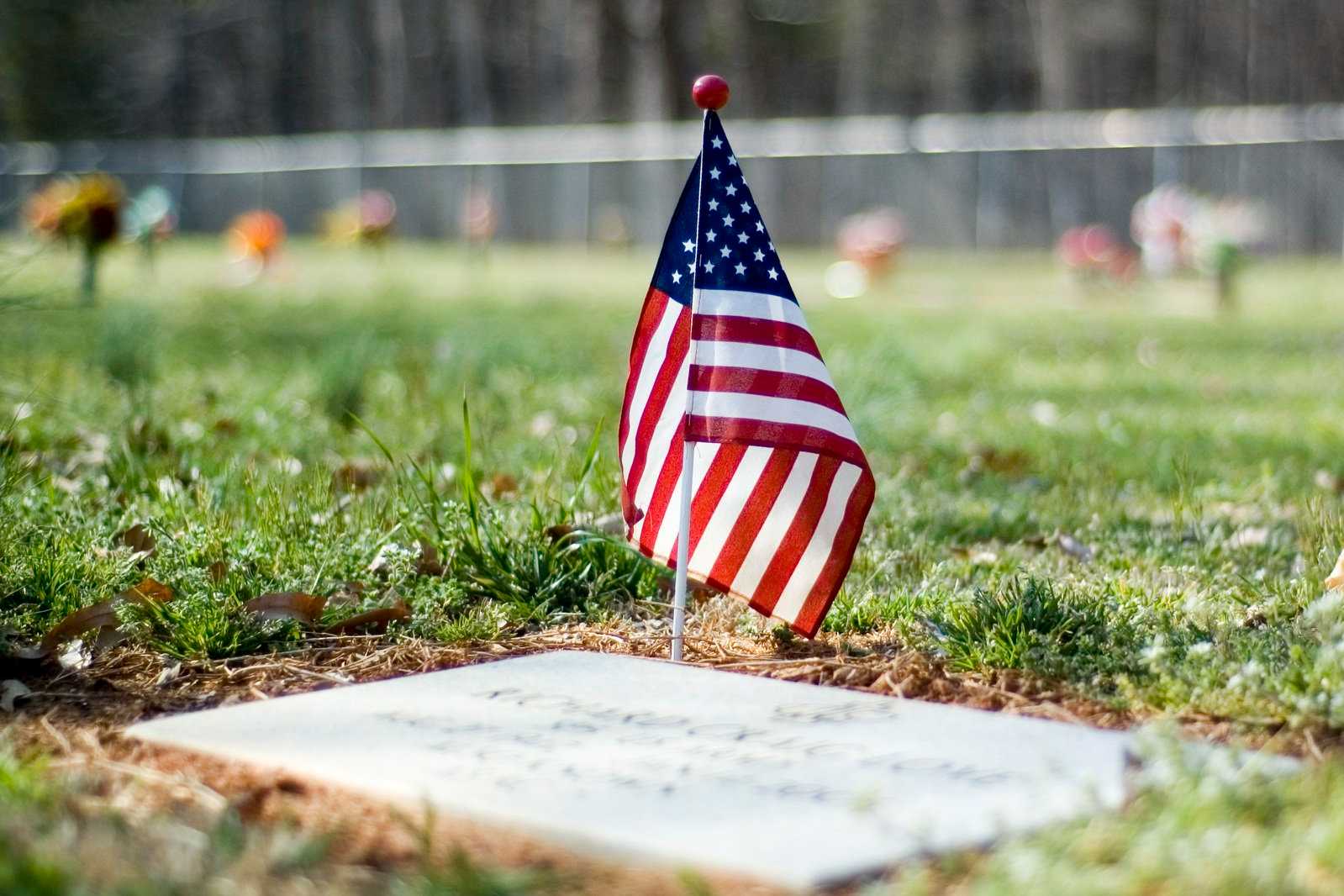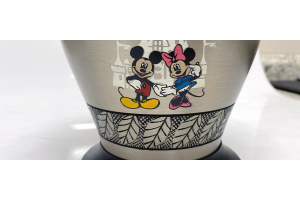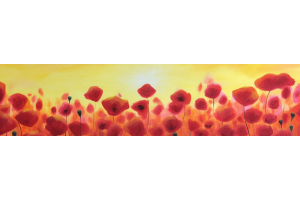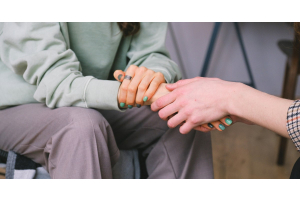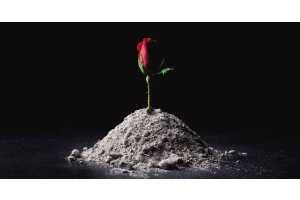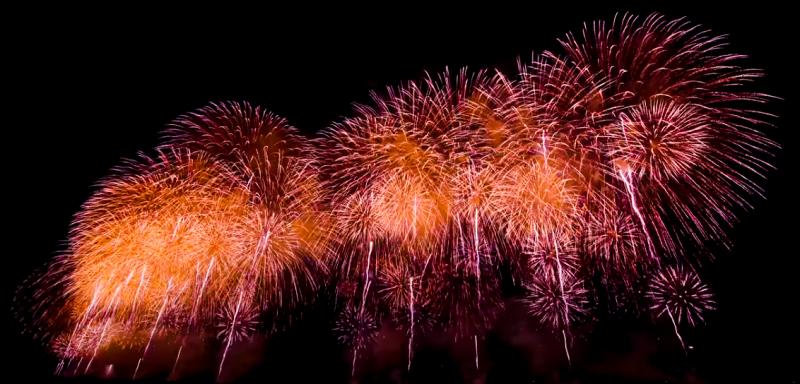
Every year, Americans gather on the fourth of July to celebrate a particular part of United States history. On this day in 1776, the Founding Fathers of the country signed a document declaring their independence from the British. For many people, it’s an opportunity to remember that building a completely new system of government is hard work. For others, it’s a good excuse to have a party.
Of course, 2020 didn’t put social gatherings on our bingo cards. Instead, we get disease and political divisions that threaten to split us for good. This year, it’s a great time to visit what independence really means to each one of us. By looking at all the events that have happened in the past several months, we can rethink how we value life, how we decide whose legacy to elevate, what that means for those who go before us, and what it means for those of us still here.
A Year on the Brink of War
If 2020 has felt like the U.S. could go to war with almost anyone, it’s easy to see why. At the beginning of January, a drone strike led by the U.S. military killed Qasem Soleimani, a major general in Iran. This was the culmination of decades of disagreement and hostility. Although Soleimani often stood on the same side as the U.S., President Donald Trump believed that he was plotting against Americans living in Iraq. Many people in the U.S. saw the attack as an indicator that Trump was prepared to go to war in Iran.
The world reacted largely with shock and dismay. At Soleimani’s burial, Iran released missiles toward American military bases in Iraq. The United Nations condemned Trump’s decision, saying that such an assassination violated international human rights law. Preparing for the 2020 election, prospective Democratic candidates argued that these rash decisions were just another sign that Trump is unfit to be president.
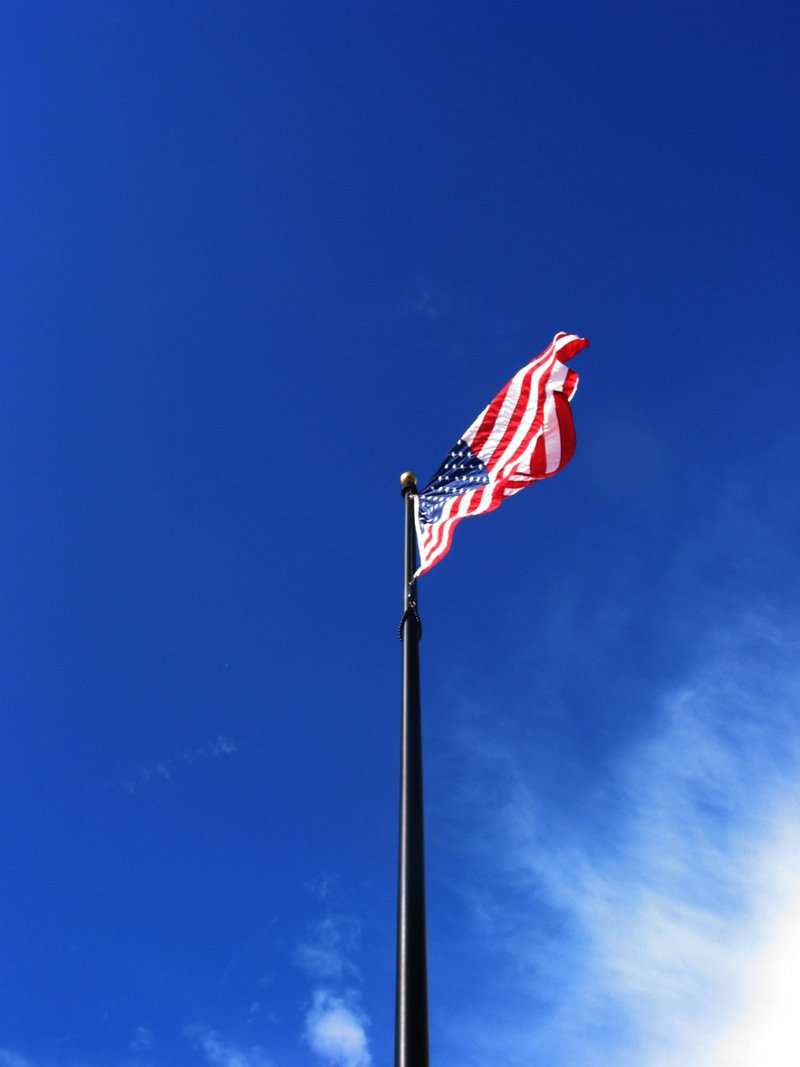
A Country’s Government Split
Only a few weeks later, a storm that had been brewing for years finally broke. For years, Democrats in the United States government claimed that Republican Donald Trump had cheated to win office. As proof, they cited evidence of multiple interactions with Russian officials by Trump’s election team in 2016.
A telephone call Trump had with the president of Ukraine seemed to be the final straw. In this call, Democrats said that Trump threatened to withhold government-approved military aid to the country. Ukraine would be left without American financial support, unless its president was willing to consider charges against the son of Joe Biden. As a likely presidential candidate running against Trump, the former vice president was a political rival. Democrats brought these charges and opened impeachment hearings.
The result split mostly along party lines. Presidents can only be impeached by a vote in the House of Representatives. They can only be removed by a vote in the senate. The Democrat-controlled House voted for Trump’s impeachment. In the senate, Republicans voted down removal. The only exception was Mitt Romney, a GOP senator from Utah and an outspoken opponent of Trump.
New Disease on the Horizon
On the last day of 2019, a Chinese health commission reported a number of pneumonia cases in Wuhan. They didn’t know what it was, or the disaster it would spread across the world. The World Health Organization decided it was a new virus. This coronavirus, with symptoms a little similar to influenza or the common cold, was named COVID-19.
At first, information about the virus was difficult to find. If it’s not pneumonia as we know it, what on earth is it? And how does it work? The WHO and other organizations like the Centers for Disease Control started trying to get data. What they found was disturbing:
- Someone might have it for 7-14 days before they notice symptoms.
- The disease is easily spread through droplets when people cough or sneeze.
- A significant portion of the population never gets symptoms.
- Mortality rates could be 1-2 percent of the population.
The Chinese government shut down and limited the population to their homes with lightning speed. In places like Italy, people weren’t so lucky. The residents of Bergamo, a city in Northern Italy, reported seeing military trucks rolling down the streets. These vehicles carried the hundreds who died every day from the virus to their quiet and final rest.
Death in the middle of a pandemic brought new meaning to the concept of funeral services and remembering loved ones. Sitting alone at a funeral for a parent or child felt impossible to imagine last year. This year, it’s just a practical choice. Instead of speaking words for funeral attendees in person, people expressed their grief in music. In late June, Rome played a requiem concert in Bergamo, one of the cities hardest hit by the virus.
Italy’s experience was severe, but it was just the beginning. As the virus spread, it became clear that 2020 was different. With so many lost, the lives of those left behind could not help but change.
Gone But Not Forgotten
In late January, tragedy struck the NBA community. Famed basketball player Kobe Bryant and his daughter Gigi had died in a helicopter crash along with seven others. The 41-year-old was coaching his daughter to play as he did, and she had a bright future. Although the family had a private funeral service, they allowed fans to fill the Staples Center in February for a memorial. Celebrities and loved ones stepped up to share a word of sympathy for the lost father and daughter. Many of Bryant’s colleagues in the NBA noted his importance to their teams and to his family.
Shortly after, actor Kirk Douglas died at the age of 103. Famous for his roles in movies like “Spartacus,” Douglas was the very definition of a life well-lived. His son Michael Douglas announced the news to the world, with a loving testament to his father. Other film moguls like Steven Spielberg showed up to the funeral with sympathy phrases for the grieving family.
Making Black Lives Matter

In late May, a brutal incident against a Black man in Minnesota blew a tense country open wide. George Floyd, accused of trying to pay with a counterfeit bill, was brutally killed when a police officer kneeled on his neck for nearly nine minutes. The case took world prominence largely because so many people had taken video of his death. This incident is one in hundreds that happen in the U.S. every year. But it highlights a terrible truth in this country: Black people are charged, sentenced and sometimes executed for things that white people wouldn’t even notice. Hundreds, like Breonna Taylor, have died for committing no crimes at all.
From the day after police officers killed Floyd, Americans began to protest his treatment. Using some of his last words, “I can’t breathe,” thousands of people marched in Minneapolis. They demanded justice for Floyd and for every Black person killed by police officers. Protesters in more than 2,000 cities across the world added fuel to the fire for reform. They began to campaign to defund police departments and change the way America protects its people.
In particular, a protest in Lafayette Park highlighted the tension and the pressure for change. This park, near the White House, flooded with protesters looking to grab national attention in the fight for Black people’s lives. They attempted to pull down a statue of Andrew Jackson. Amid the protest, the Trump administration had the park cleared using pepper spray. The number of people caught in the crossfire served as proof to many of the president’s political opponents that he does not honor any life but his own.
Fighting for and Against the Thin Blue Line
This isn’t a new issue. People were marching for Black Lives Matter years ago. It represents a significant divide among Americans. What does a life mean? How do we honor life while respecting the people around us? Is violent protest the best way to effect change? But will we ever change without it?
For decades, white people have elevated police officers for their service. They put their lives on the line to protect citizens from harm. Many people see law enforcement as the “thin blue line” between themselves and a life of chaos. And it’s no doubt that the life of a police officer can be risky. Even a routine traffic stop can turn into tragedy. Experts say that the stress that they face every day explains why suicide is the top cause of death for police officers.
This battle between police control and protest reform turned into violence, again and again. In cities like Los Angeles or Philadelphia, protesters met police officers armed with rubber bullets and tear gas. Stories of people shot in the face flooded sites like Twitter. The freedom to fight for justice is on. But it’s not clear which way the battle will end.
An Independence Day for Everyone
This year, Juneteenth took a greater prominence. This celebration, considered by many Black people to be as important or more so than Independence Day, serves as a reminder of the end of slavery in the U.S. White people, who may not have heard of the holiday, began to realize that their experience is hardly the only one. For many people in the country, July 4th isn’t a representation of freedom. It’s a story of separation, but those who found freedom that day were limited.
White people stumbled over the best way to honor this sacrifice. They were accustomed to using holidays as a way to remember those who won wars or dominated others. For many Black people, Juneteenth is an opportunity to reflect on a horrible past, a way to honor those who were given no freedom. Instead of peace, noise. This year, the holiday came with a new commitment to ending systemic racism. The violence against Black people must end.
A Confederate Sense of Remembrance
If 2020 has done anything, it’s called into question our sense of who deserves to be remembered. Just because someone climbed to the top of the hill doesn’t mean they deserve to be worshipped. The targets for this push for justice have been hundreds of statues of famous Confederate officers. As has been so common this year, the population split fairly evenly. Some say that Confederates are a prominent part of their history and deserve to remain. Others say that they’re a reminder of an oppressive group willing to die for the right to own slaves.
The statues, many of which weren’t erected until the 20th Century, often served another purpose. Made during the Jim Crow period, they were placed by white people to frighten and marginalize Black people. They were a reminder of a bloody fight for freedom that some white people would undo if they were given the chance.
The fervor exploded and left the country. In England, protesters pulled down a statue of Edward Colston. Colston was a slave trader in the 17th Century. Historians believe that he forced nearly 85,000 Africans to the Americas to sell them into slavery.
A Pandemic Push for Freedom
People living through 2020’s pandemic of COVID-19 might not realize how illness and widespread disease shaped this country’s course from the very beginning. The 18th Century brought enlightenment in the form of scientific research, but access to modern medical care was still decades away. As the Founding Fathers pondered what it meant to make a whole new system of government in 1776, protection from disease was a crucial component. As we consider what brought them to the signing of this crucial document, it’s important to recognize that they weren’t all that different from us.
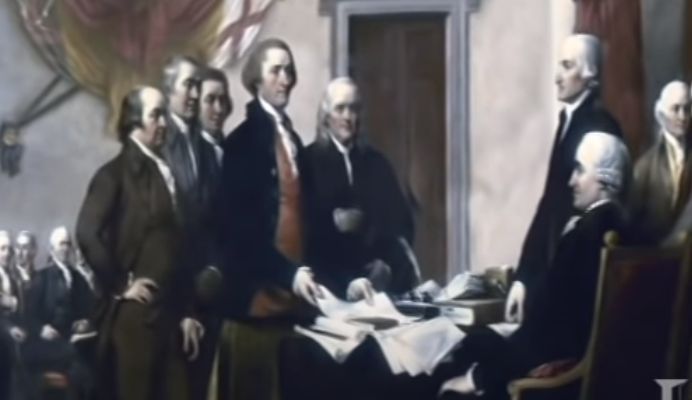
American Founders’ Pandemic Fears
Anyone who reads the news in 2020 is familiar with the claim that the government doesn’t care about human lives. American colonists thought carefully about disease when considering their biggest fears of what was to come from forcibly separating from Britain. They knew that British soldiers stationed in the Americas had used biological warfare against their enemies. They worried that a wave of smallpox could wipe out the resistance to Britain’s monarchy. This is why people like Thomas Jefferson and Benjamin Franklin were early advocates of vaccination.
Protecting people from disease is an ancient problem that needs modern solutions. Something like smallpox or diphtheria could destroy a small town with limited resources. Diseases that spread quickly and became deadly within a few days were nearly impossible to control. People are finding this an uncomfortable truth in 2020. After all, if you don’t know how to treat it, does it even matter what causes it? What can you do when you know it is coming for you and your family? Early Americans went through similar disagreements over the balance of freedom and protection. Even when the idea of herd immunity was barely there, people grappled over the price of freedom, and who ultimately must pay for it.
A Century Fighting Disease
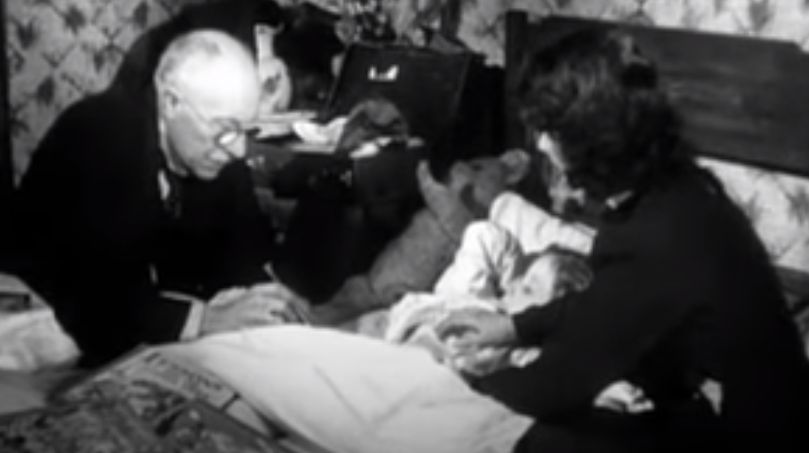
At the moment, lots of people spend their time comparing COVID-19 to the major epidemics of the past. Those from the 19th Century and earlier aren’t as meaningful because the records are usually incomplete. There’s plenty to compare from the 20th Century, particularly right about 100 years ago. The influenza epidemic of 1918-1920 is the most popular comparison for the way that it changed society as we know it. It killed between 17-100 million people worldwide, in a number of waves that swept through the population like a tsunami. Washing your hands regularly, wearing a mask and arguing with your neighbors about these obligations starts to feel like an American tradition.
It also prompts innovation. Family ties transcend death, even from a disease that destroys whole families. To make those deaths not happen in vain, people pushed for changes to the practice of medicine itself. When diphtheria, another respiratory disease, cut through the population in 1921, people were done. They fought for an effective vaccine and they got it within a few years. By the 1980s, through widespread application of the vaccine, diphtheria had become a rare disease with a few thousand cases each year.
A Country in Turmoil
It’s hard to track the effect of an illness that spreads like wildfire through a population. No matter how updated you are, you’re bound to miss the latest. In average, more than 40,000 people in the U.S. are diagnosed with COVID-19 every day. Another several hundred die from the condition each day. At present, more than 2.5 million Americans have contracted the disease, and about 130,000 have lost their lives.
Understandably, this has all but ripped the country apart. Millions of frightened people and 130,000 grieving families weighs heavily on a population of 330 million. The battle lines are drawn. Some people prepare for a “return to normal.” They look forward to having friends over for a backyard barbecue, followed by some fireworks that are a popular tradition on Independence Day. They are ready to celebrate their freedom by exercising it.
On the other side, people argue that everyone must exercise caution to achieve freedom. Reducing contact is the most effective way to control the spread of the disease. Without it, the most vulnerable will always be at risk. Wearing masks and staying home is their salute to those who died protecting their ability to decide for themselves.
In Memoriam
In the early weeks of the virus, images of healthcare workers wearing hard-to-find N95 masks flooded social media. Disease management demands a steady supply of people trained to help. Without it, more people die. And when healthcare workers get sick, it’s that much harder to prevent the spread. To date, about 90,000 healthcare workers have tested positive for COVID-19. Hundreds have died. While the protests over police brutality have prompted many to ask who watches the watchers, it’s also worth asking who heals the healers. First responders who didn’t blink before diving in found themselves at terrible risk. As the death toll continues to build, we realize that words still hold power. Funeral phrases meant to comfort the living carry across miles. They also last forever.
When a loved one or someone famous dies, we often take a moment to remember them. This year, there have been hundreds of thousands of opportunities to reflect on what a person’s life means for us. From political upheaval to pandemic and protests, we see that 2020 will change us all. We’re unsure what the future holds, but we know that we’ll be working to find a new normal. By taking a moment to examine all that we’ve been through, we can respect how far we have come.
